What NOT to Clean with a Steam Cleaner
Posted on 25/09/2015
How to Avoid the Most Common Steam Cleaning Mistakes
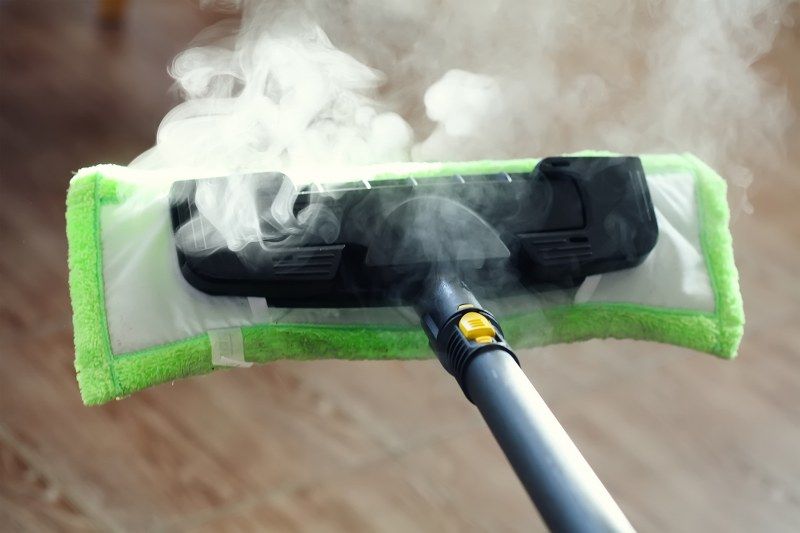
Steam cleaners are incredibly useful tools when doing a thorough house cleaning. They cleanse most surfaces they touch and clean with no chemicals at all, providing you with a healthy and green cleaning solution that takes no toll on the environment. Your floors can shine up in no time, and using a steam cleaner is not physically demanding, nor does it require too much maintenance – all you need to do most of the time is clean the cloth and change the water, and voila! You are ready for the next cleaning job. Of course, steam cleaners are definitely not perfect. There are things you cannot and should not clean with them as they would do more damage than good. And here is the list:
• Polished or waxed surfaces.
Avoid using a steam cleaner on any of those. The hot steam will undo the good they did and will melt the coating away, stripping you of the good work you did there, and will give you more home cleaning to do.
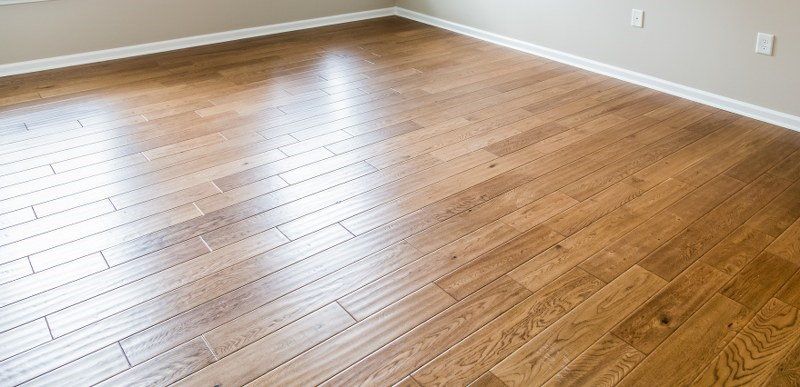
• Nylon mesh screens.
Some of the better manufacturers of items with such surfaces might have done a better job if it withstanding the hot steam, but most of them will not. It will crumble apart and the paint will fade away, so do yourself a favour and avoid it.

• Water-based paint and cardboards.
Heat exposure can be damaging to many surfaces, and especially ones made of paper. The steam will tear cardboard or make it much weaker. And recently painted surfaces exposed to a steam cleaner will liquidate the paint and it will crumble or spill away, creating a fairly big mess for you to deal with later.

• Antique items.
Do not, under any circumstances, let a steamer get anywhere near an antique item. Those items were made way back when steam cleaners were not even part of an inventor’s fancy and the results are always unpredictable at best. Old chairs that have been glued together will literally fall apart if the steamer’s heat reacts badly with the old glue, and vases might just crumble at a touch.

• Gentle fabrics.
If you are thinking of steam cleaning your clothes, then at least put the ones with gentle fabrics away unless you want them thinned like paper strings. Same goes for clothes whose colours run – they will be paled and the dye will end up around them, dirtying other clothing or surfaces.
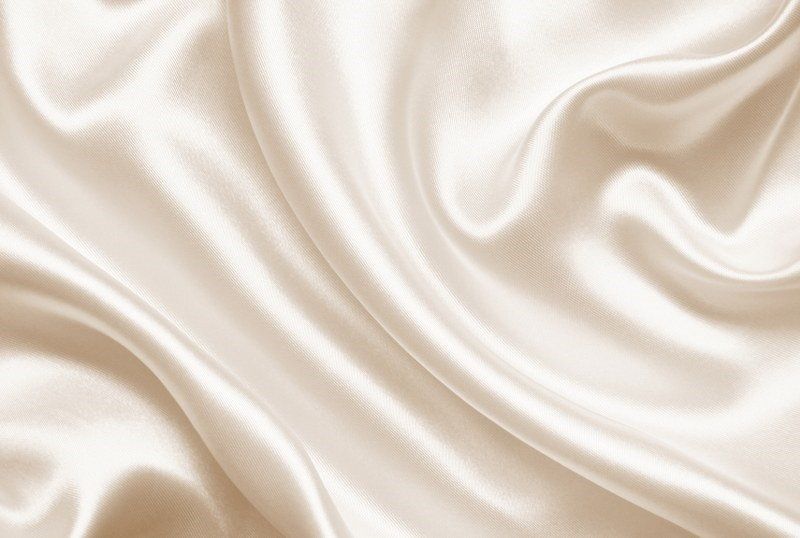
• Musical instruments.
And absolute no-no. Every musical instrument has its own ways to be cleaned and if you don’t know it, then Google it or find a musician to explain it to you, but never let an instrument near a steamer unless you actually want it damaged.
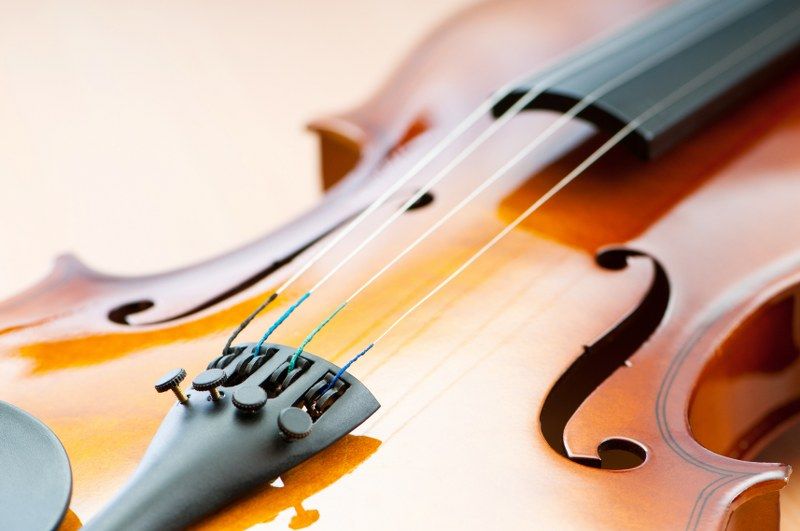
• Sealed wood and paper surfaces.
Keep a steamer blowing heat on any of those long enough and the surface will either blotch or dent, or tear in case of the paper surfaces. In fact, any non-hard surfaces should be avoided.

• Finished wood.
Steamers will undo all the hard work done by the manufacturer of any finished wood surface. They are polyurethane-based and should not be heated or exposed to moisture – both of which the steam cleaners do and such an endeavour will definitely end up in ruining the wood.
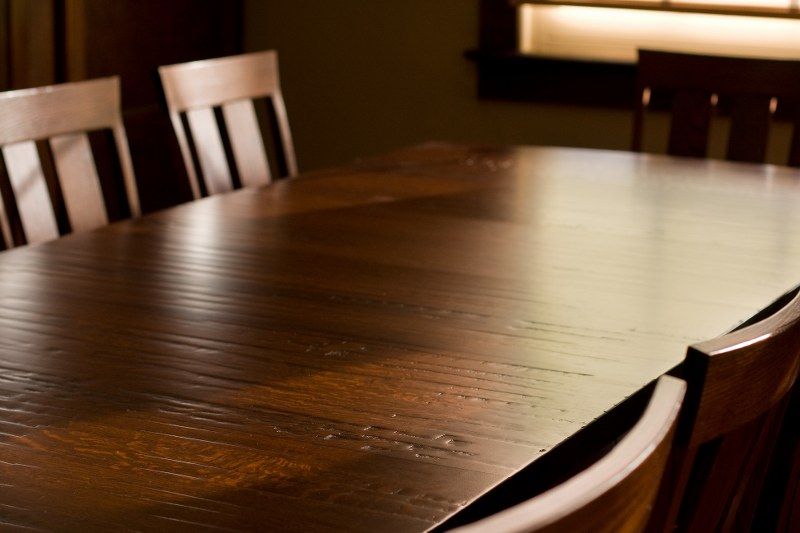
• Large spaces.
You actually can clean a huge room or warehouse space with a steamer, but it requires much more effort than with almost any other cleaning method, like a pressure cleaner, or just a bucket and a mop.

Steam cleaners are magnificent cleaning tools, but they are not perfect, otherwise they would be the only tool used by professional cleaners. They don’t work on everything, so make sure that you know what you can use yours for before you start cleaning away at your place. Exercising caution will save many surfaces.




